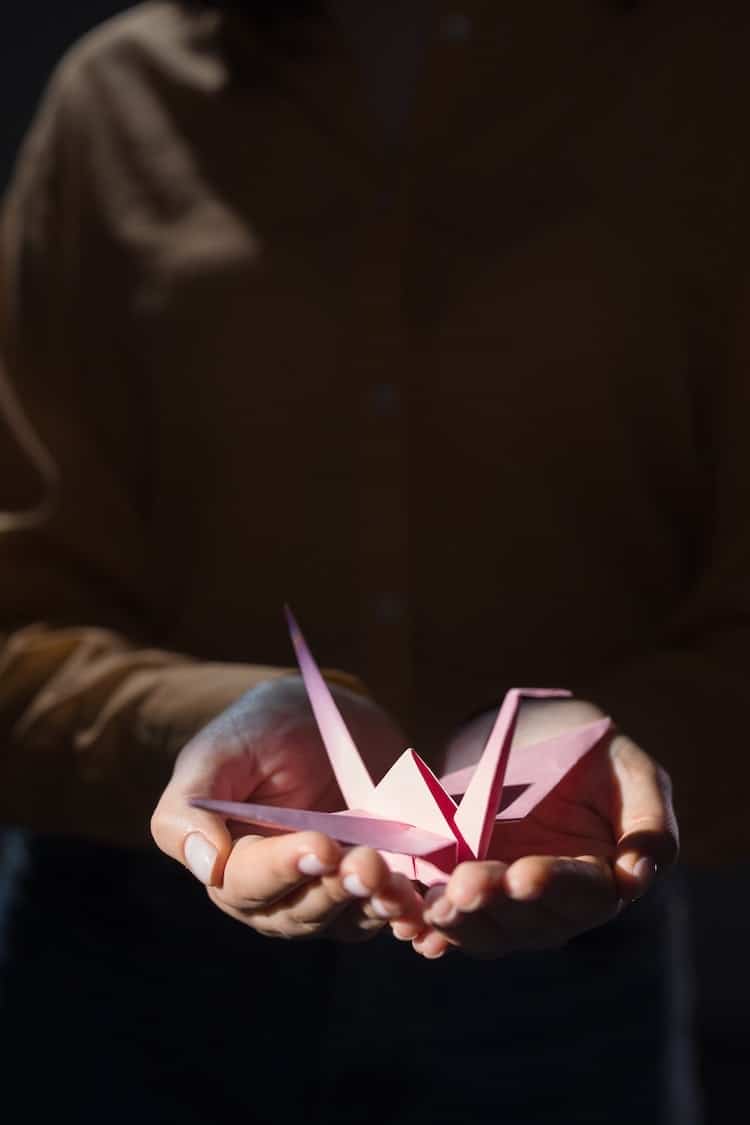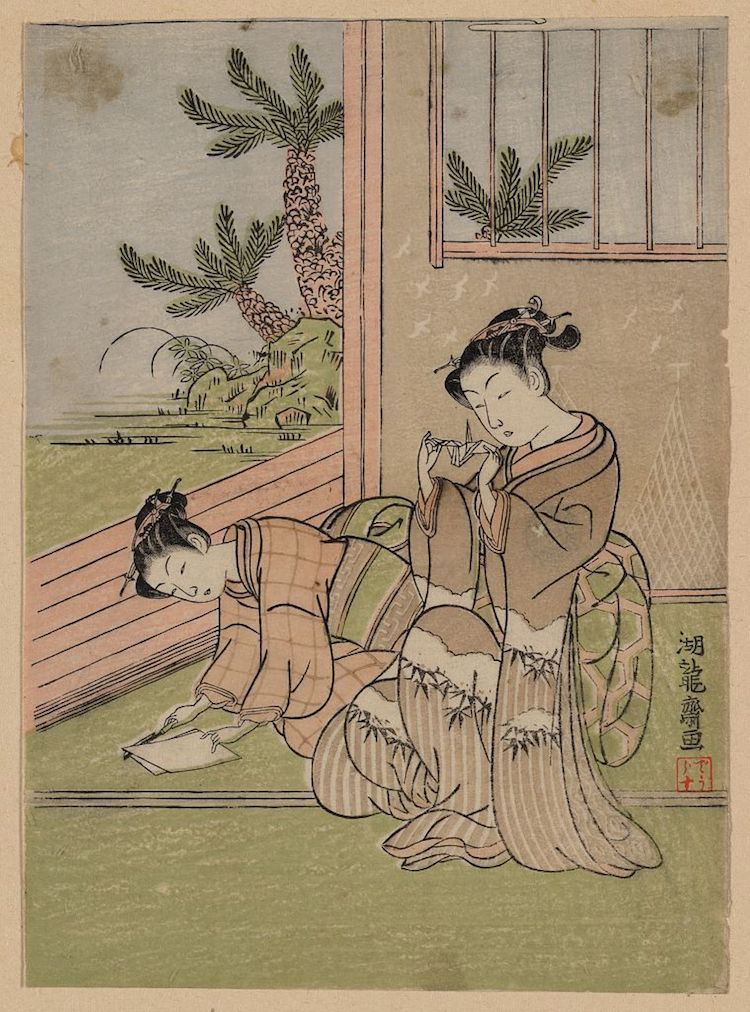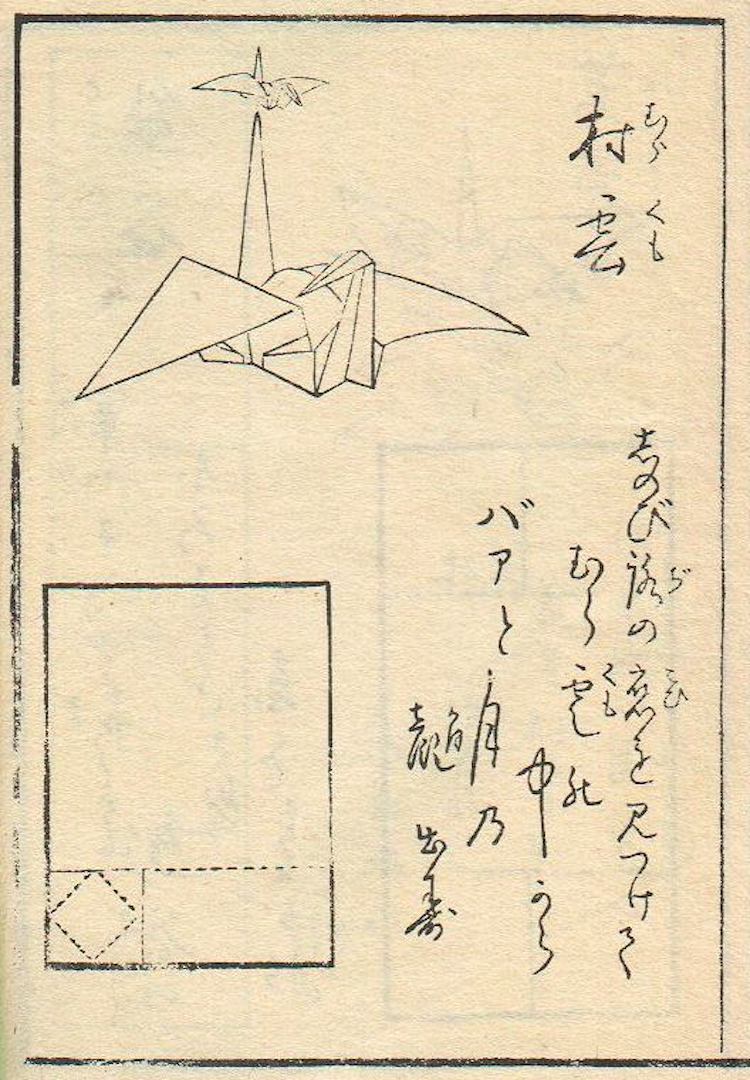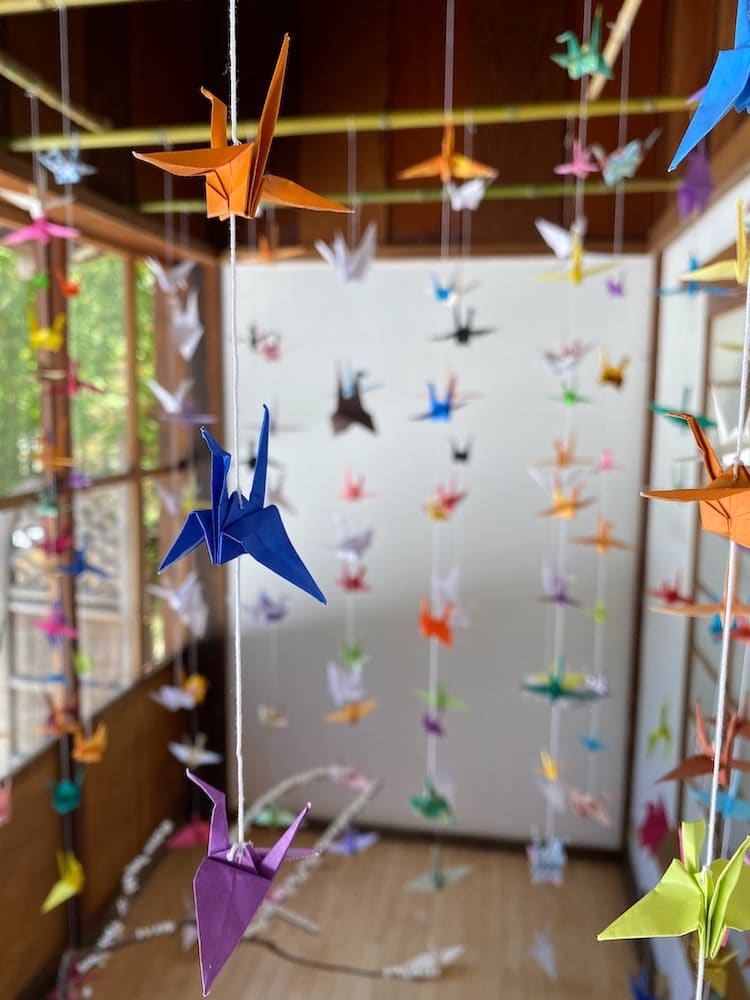Photo:Ron Lach
When you think oforigami, the image of apaper craneprobably comes to mind.
But have you ever wondered why this graceful bird became synonymous with the craft?
Today, people continue to make and gift origami cranes as symbols of hope and love.

Photo:Ron Lach
Read on to discover the history and meaning of the paper crane.
Origami was initially known asorikata(folded shapes).
However, the craft became known as origami in 1880.

“Orizuru o tsukuru shōjo” by Isoda Koryūsai, 1772 or 1773 (Photo:Library of Congress)
The term comes from the Japanese wordsoru(to fold) andkami(paper).
When origami was first practiced, paper was expensive, so the craft was only for the elite.
Japanese monks crafted paper figures for ceremonial Shinto rituals and for decorating formal ceremonies.

Origami instructions from the book: “Hiden Senbazuru Orikata” (Secret to Folding One-thousand Cranes) by Akisato Ritō, 1797 (Photo:Wikimedia Commons, Public domain)
Common people began practicing origami and gifting their paper creations to friends and family.
And today, origami continues to be a popular pastime in Japan and around the world.
The crane is thought to represent good fortune and longevity, and its wings are believed to provide protection.

Photo:via Unsplash
However, as time went on and her collection of origami cranes grew, her goal changed.
Sasaki decided to wish for world peace instead of her own life.
And the origami crane continues to embody Sasakis selfless wish for world healing, more than 70 years later.

The Children’s Peace Monument in Hiroshima Peace Memorial Park, (CC0 1.0), viaWikimedia Commons